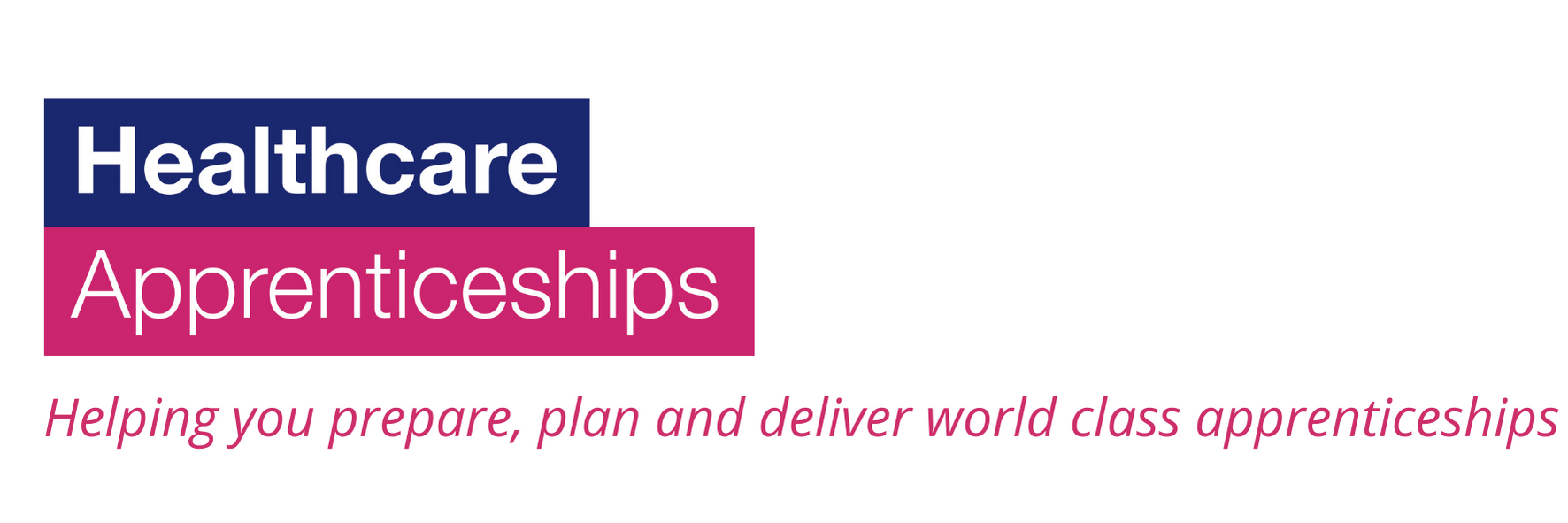 The Healthcare Support worker, Senior Healthcare Support Worker and Assistant Practitioner (Health) standards were among the earliest standards Skills for Health worked with employers to develop. The project officially closed in March 2017 (you can read all about here and even see photos of our celebration cake here).
The Healthcare Support worker, Senior Healthcare Support Worker and Assistant Practitioner (Health) standards were among the earliest standards Skills for Health worked with employers to develop. The project officially closed in March 2017 (you can read all about here and even see photos of our celebration cake here).
We always celebrate when a standard is ‘approved for delivery’ but the reality is that this does not immediately mean it is ‘ready for use.’ This is because end point assessment organisations and apprenticeship training providers need to register. Then they need to prepare all the learning materials and agree the course delivery model. And alongside this employers need to sort out contracting arrangements, select their apprentices and manage their funding arrangements. This means that whilst implementing the apprenticeships is generally a positive thing, there can be challenges along the way.
So, we are pleased to announce that a number of apprentices have started their training on these programmes. As of October 2017 the official figures showed 200 Assistant Practitioners, 170 Senior Healthcare Support workers and 230 Healthcare Support Workers were enrolled on the new apprenticeship standards. (Data drawn from ‘Intelligence gathering: apprenticeship reform 2017’ by FISSS & SDN). Data collection like this is always retrospective so numbers are likely to be higher now.
We caught up with some of the employers from the original Trailblazer group. This is what they had to say:
Q: “Has anyone started on the three standards from your organisation yet?”
A: “ Yes we have 20 Assistant practitioners who started in September and are expecting another cohort in February 2018, numbers yet to confirmed. One Level 2 HCSW and four Level 3 SHCSW started with a further two at level 2 and a further nine at level 3 waiting to start.” JW.
A: “We intend to put approximately 70 through Senior HCSW and 15 to 20 through Assistant Practitioner a year.” CT.
A: “We have nineteen learners on the level 5 with a further 3 in the pipeline. We have about fifteen level 3 learners starting soon, three level 2 apprentices have started with a further twelve starting soon.” CM.
A: “We started 50 staff across two providers on the Assistant Practitioner apprenticeship in June and September. All are staff who were already employees.” KB.
A: “We have on average 25 starts per month.” MG.
Q: “What has been positive?”
A: “Identifying those that are really committed to the training at the beginning of the programme. We have used the standards as a point of reference for our band 2, 3 and 4 roles which has helped to give clarity.” CT.
A: “HCSWs who now see a career progress as a possibility” LB.
A: “Allowing change in provision to one day a week.” CF.
A: “Embedding the Care Certificate as part of the new standards.” MG.
A: “Changes in funding and positivity of the organisation….we have embedded this within our workforce plan.” SG.
Q: “What’s been a challenge?”
A: “Procurement! It has taken so much time that we are only just starting a cohort now.” CM.
A: “ We are still learning. Understanding procurement conversations and trying to get providers to give back some of the cash is proving challenging against wanting people on programme asap in order to start utilising the levy. The provider’s understanding of apprenticeships is way behind ours.” KB.
A: “Potential issues with EPA if not enough assessors are available for the number of learners when they are ready to be assessed. This could potentially extend the length of the apprenticeship unnecessarily.” JW.
A: “Waiting for the specifications…to become available…which means we are providing a range of old frameworks and new standards.” CF.
A: “Identifying EPA organisations as the number of providers is limited and working our way through provision of this, given the large volume of starts (we’re predicting 300 a year).” MG.
A: “Finding a provider that understands General Practice. Functional skills levels. Oh my goodness! We have a rolling programme starting and hoping this will increase access to the apprenticeships.” LB.
A: “Providing constant communication and reinforcement to line managers so that they understand the commitment to training for the staff as Apprentices. Provider readiness.” SG.
Q: “What other standards are you using?”
A: “Customer Services, Business Administration, Engineering, Warehousing so far. Pharmacy are still using the framework as their standard is not yet ready. We also have leader/supervision, project management, coaching/teaching standards and Level 5 Management and Chartered Management degree in the Pipeline.” CM.
A: “Chartered Management at degree level – approximately 30 of these to start in January, 15 Senior Leaders at level 7 are due to start in March and we are moving to deliver Business Administration at level 3 for approximately 30 a year.” MG.
A: “One step at a time!!” LB.
A: “We may use Social Care standards as well as the health ones. We also have a range of standards in the non-clinical areas.” CT.
A: “(We expect to use) Nursing Associate, Registered Nurse, Advance Clinical Practice, Social Worker and Psychological Wellbeing Practitioner.” SG
Q: Anything else to tell?
A: “There’s been so much interest in the programme from social care and (how we) join learners up and enhance integrated ways of working” LB.


